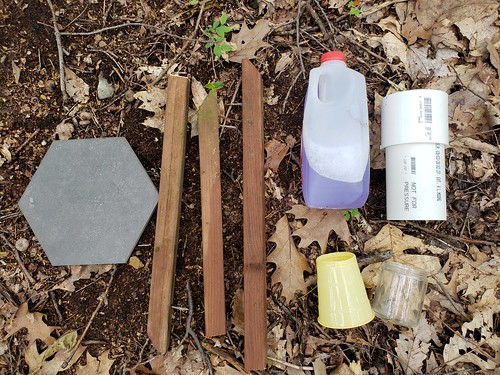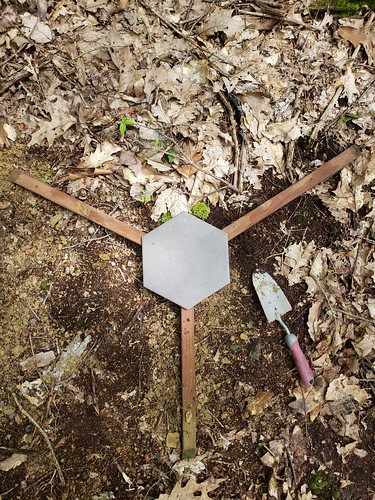If you’ve been keeping up with our gall hunting updates then you might remember the spongy oak apple gall, Amphibolips confluenta, that was co-opted into a nest by a leafcutter bee. We were concerned that the bees wouldn’t emerge until spring, but, in late July we had 7 bees emerge(!) — almost a month after the gall was collected.
All of the bees that emerged were the species Megachile mendica. This species is widely distributed throughout the United States with higher prevalence in the east coast. All of the individuals that emerged happened to be male, which was unexpected since other Megachile species nests are known to yield a mixture of male and female bees. M. mendica is known from trap and soil nests, so it being found in a gall is pretty neat! The bees were ID by Shelby Kilpatrick, a Ph.D. candidate in the Entomology department who has created the Checklist of the Bees of Pennsylvania. All of the sources used by Shelby can be found at the end of this post.


Thanks to Dr. Urban who took time out of her busy fieldwork season, we were able to get the gall X-rayed. As a result, we were able to see the route the bee took, excavating a continuous tunnel in the gall to place the larvae inside. We also found that the gall still contained an unemerged bee as seen below. This unexpected find actually aided us in interpreting the images we obtained.

Resources used by Shelby to ID the specimens:
- Sheffield, C.S., Ratti, C., Packer, L. and Griswold, T., 2011. Leafcutter and mason bees of the genus Megachile Latreille (Hymenoptera: Megachilidae) in Canada and Alaska. Canadian Journal of Arthropod Identification, 18, pp.1-107. DOI: 10.3752/cjai.2011.18 Available online here.
- Mitchell, T.B. (1962) Bees of the eastern United States. II. Technical bulletin (North Carolina Agricultural Experiment Station), 152, 1-557. Available online here.












